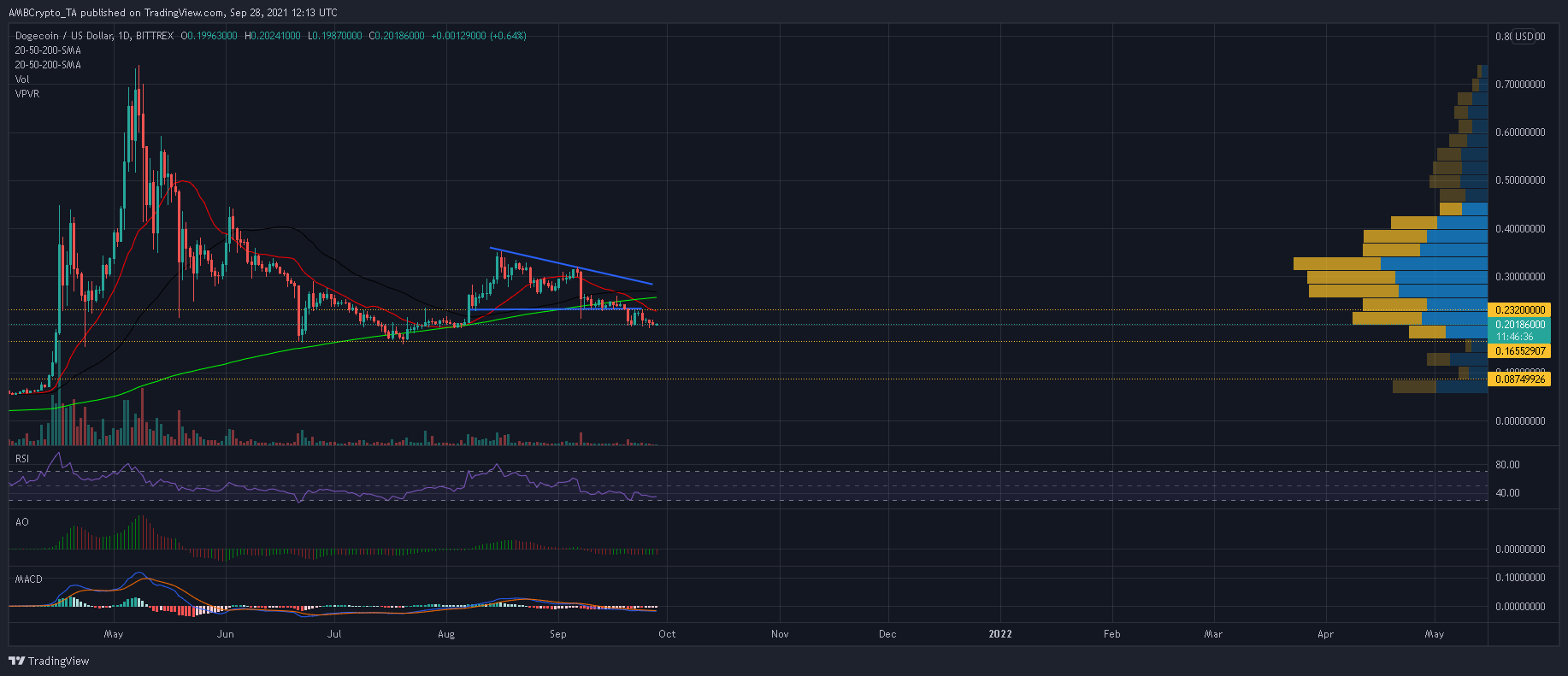If there is one thing we have seen in the past eighteen months, it is that unexpected disruptions in the supply chain can have enormous consequences. Complete supply chains came to a standstill, and others faced delays they had never experienced before. This has caused a renewed focus on contingency planning.
Contingency Planning in Three Steps
Step 1: Create a clear picture of the AS-IS situation.
Your current situation is the starting point for any analysis done to provide for all possible contingencies. Depending on how advanced your data processing capabilities are, this starts with collecting all the available data from your operations. Ahlers starts by creating a digital twin of your supply chain.
Step 2: Determine what type of disruptions you need a contingency plan for
Getting a clear picture of the potential disruptions for which you want to have a contingency plan in place is the next step. In the digital twin environment, Ahlers then creates different scenarios to determine the possible solutions.
Step 3: Choose the optimal solutions
Whether you intend to introduce alternative suppliers, routes, or storage locations, the final step is to run different scenarios and analyse the results to determine the appropriate solutions.
Different Solutions for Different Scenarios
Obviously, each scenario will have a different outcome. Maybe you need to source from suppliers in other regions, add additional production facilities, store contingency stock in different warehouses, use different modes of transport…
Proper contingency planning is more than just selecting alternative solutions. The cost of each solution needs to be calculated. What will be the cost if you implement the plan but you never really need it? What will be the cost if something does happen and you need to use the contingency solution for an extended period?
An Actual Case. Come and join us!
During the pandemic, several automotive companies experienced first-hand what disruptions in their supply chain can mean for their operations. A delay in just one section of the supply chain can slow down the manufacturing and distribution of critical components, potentially resulting in production lines downtime. An average vehicle has around 30,000 individual parts, and many of those are sourced from third-party providers. It makes the automotive supply chain one of the most complex processes to manage. Automotive supply chain managers need to collaborate closely with thousands of manufacturers and suppliers, and they need to have appropriate action plans in case something goes wrong.
One of Ahlers’ long term customers, Arteco, operates in such a complex automotive supply chain. As an OEM (Original Engine/Equipment Manufacturer) supplier, Arteco is required to guarantee the product flows towards their customers at all times. If Arteco cannot deliver the products J.I.T., this can result in significant penalties. This means that it is crucial to have solid contingency plans to ensure these product flows even in times of severe disruptions in the supply chain. Arteco’s IATF certification requires them to think about contingency constantly and continuously adapt and improve existing plans to cope with the volatile, uncertain, complex and ambiguous world the supply chain is faced with.
Building a digital twin of the supply chain and adding what-if scenario capabilities allows Arteco to create a thorough strategic plan and find ways to improve the efficiency of the plan further and increase the agility and responsiveness of their supply chain.
That’s why Arteco invited Ahlers for a coffee!
Together with the Arteco Supply Chain Team, the Ahlers Data Analytics Team looked at scenarios for alternative production facilities and buffer stock locations, resulting in a clear understanding of the fixed and variable costs. It also created the tools to understand where to improve and how to implement the solution.
If you want to hear more about this process and its outcome, then register for Value Chain’s Supply Chain Innovation Event, where Véronique Tuteleers, Operations Manager at Arteco, will speak about the digital supply chain model that the Ahlers Data Analytics team developed, enabling Arteco to analyse and simulate the impact of contingency scenarios on costs, operations and customer service levels.
The Supply Chain Innovations event takes place on Thursday, October 7th 2021, at the Antwerp Expo in Antwerp. For more information and to register, please visit the event website.
At Your Service
If you have any questions about contingency planning or supply chain data analytics, contact one of our experts or send me a message on LinkedIn.
Author Bio
Miguel van Asch is Head of Data Analytics Services at Ahlers. Ahlers provides state-of-the-art logistics support in sustainable supply chain management, warehousing, projects & machinery logistics, secured transport, trade logistics, after-sales services, and data analytics. Their extensive experience and knowledge of local markets make Ahlers your ideal partner for business in countries like China or Russia.
This blogpost is sponsored by Ahlers
Photo by Alexander Sinn on Unsplash
Source: https://logisticsmatter.com/how-to-mitigate-disruptions-in-your-supply-chain/
- &
- 000
- 2021
- Action
- Additional
- All
- analysis
- analytics
- around
- automotive
- business
- caused
- Certification
- China
- Collecting
- Companies
- Costs
- countries
- Creating
- Current
- Customer Service
- Customers
- data
- Data Analytics
- data processing
- delay
- delays
- digital
- digital twin
- downtime
- efficiency
- Environment
- Event
- experience
- experts
- Focus
- head
- How
- How To
- HTTPS
- Impact
- Increase
- information
- Innovation
- IT
- join
- knowledge
- local
- logistics
- Long
- looked
- management
- Manufacturer
- manufacturing
- Markets
- model
- months
- Operations
- Other
- Others
- pandemic
- partner
- picture
- planning
- Product
- Production
- Products
- projects
- Results
- Run
- Russia
- Services
- Solutions
- Sponsored
- stock
- storage
- store
- Strategic
- suppliers
- supply
- supply chain
- supply chain management
- Supply chains
- support
- sustainable
- trade
- transport
- value
- vehicle
- Warehousing
- world





